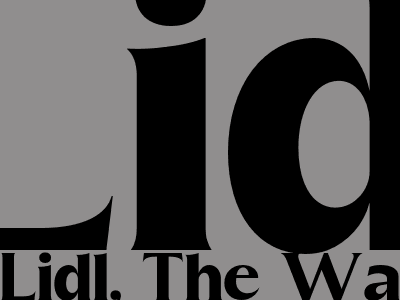
Why Lidl and Disney's Partnership Went Sideways
An In-Depth Look at Expectations and Cultural Differences
In a highly anticipated alliance that promised to bring Mickey Mouse and Minnie Mouse to Lidl grocery stores across Europe, Lidl and The Walt Disney Company's partnership took an unexpected turn. With Lidl's emphasis on affordability and Disney's brand premium, the collaboration seemed like a match made in heaven. But just as quickly as it began, the partnership came to an abrupt end, leaving many wondering what went wrong.
Clash of Expectations
At the heart of the Lidl and Disney debacle was a fundamental clash of expectations. Lidl, known for its budget-friendly approach to grocery shopping, envisioned a partnership that would allow them to offer exclusive Disney products at competitive prices. Disney, on the other hand, with its meticulously crafted brand image, sought to preserve the value and exclusivity of its characters and merchandise.
This difference in perspectives became apparent during negotiations, with Lidl reportedly pushing for lower prices than Disney was willing to accept. As a result, the deal fell through, and the highly anticipated collaboration never materialized.
Cultural Differences
Beyond expectations, another contributing factor to the failed Lidl-Disney partnership was cultural differences. Lidl, a German-owned supermarket chain with a strong presence in Europe, operates on a model of efficiency and cost-consciousness. Disney, an American entertainment giant, is known for its lavish productions and attention to detail. These contrasting cultures clashed in the negotiations, making it difficult to bridge the gap between Lidl's bottom-line focus and Disney's brand-centric approach.
Lack of Strategic Alignment
In addition to expectations and cultural differences, a lack of strategic alignment between Lidl and Disney further undermined the partnership. Lidl aimed to leverage Disney's brand appeal to boost its own sales, while Disney sought to expand its reach into a new market segment. These goals were not necessarily incompatible, but without clear alignment and a shared vision, the partnership was destined to fail.
Lessons Learned
The Lidl-Disney partnership's failure serves as a valuable lesson for businesses considering collaborations. It highlights the importance of aligning expectations, understanding cultural differences, and ensuring strategic alignment before embarking on joint ventures. By addressing these factors upfront, businesses can increase the likelihood of successful partnerships that deliver mutual benefits.